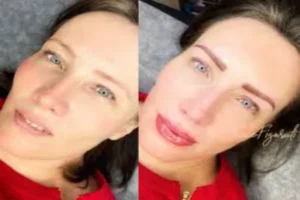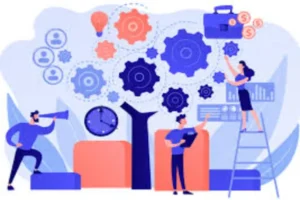Animating the Law: Tips for Effective Integration of 3D Animation in Litigation

The shifting face of courtroom technology is waking up to 3D animation as a complete game-changer—it effectively shows complex scenarios to juries and judges, better displaying factual evidence. This is not just another technological development that can make legal presentations look pretty; this actually helps in improving the comprehension of a subject in ways that traditional methods never could.
3D animation makes even the most abstract ideas closer to a material context, so the legal arguments put up for them become more convincing and intelligible. Whether it is about reconstructing a scene of an accident, staging a medical procedure, or simply displaying statistical data, key details are included in these animations, which words don’t contain.
Here is what the lawyer needs to keep in mind in order to tap the potential of 3D animations in litigation to the fullest, or you can see more at High Impact.
1. Keep It Simple
The major thing when working with a 3D animation studio is to avoid very technical or even ornate animations that could in all likelihood get the audience lost in confusion. The animation has a direct relation to the case, nothing more, nothing less. Keep it simple in order not to lose the message in the spectacle.
2. Ensure Accuracy
Accuracy is of the highest concern in legal presentations. Therefore, each component brought out in the 3D animation must align perfectly with factual evidence presented within the case. Misleading or false animations can water down a case. They may even form the basis for new legal challenges. Working closely with experts at a 3D animation studio who understand both the legal and technical aspects of 3D animation is crucial.
3. Use Professional Services
Creating effective legal animations requires a specific skill set that combines understanding of law, science, and art. Hiring professionals from a reputable 3D animation studio guarantees that the animations produced would be precise and, more than that, of high quality. The 3D animators would be professionals who are skilled enough to transform complex legal and scientific data into an intelligible sequence of images that tell a full visual story.
Prepare for Admissibility Challenges
Be prepared to back up your animations in court. You may be asked about its “admissibility” by the other party—meaning the basis of how and why the animation was created, and why the court should allow it to be used. The educational value of the animation should demonstrate its relevance or possible bias to overcome the objections, but you should also be prepared to indicate the software and sources of information used and the qualifications of your animators.
Conclusion
One of the modern, more ingenious ways toward clearer and more effective communication in the courtroom is through the inclusion of 3D animation in litigation. As shown, it can be one of the most powerful tools that contribute significantly to a just process, if used properly.
By sticking to simplicity, accuracy, professional input, and with a preparedness for legal scrutiny, legal practitioners can make effective use of 3D animation both to enlighten and sway towards a more favorable court decision.




